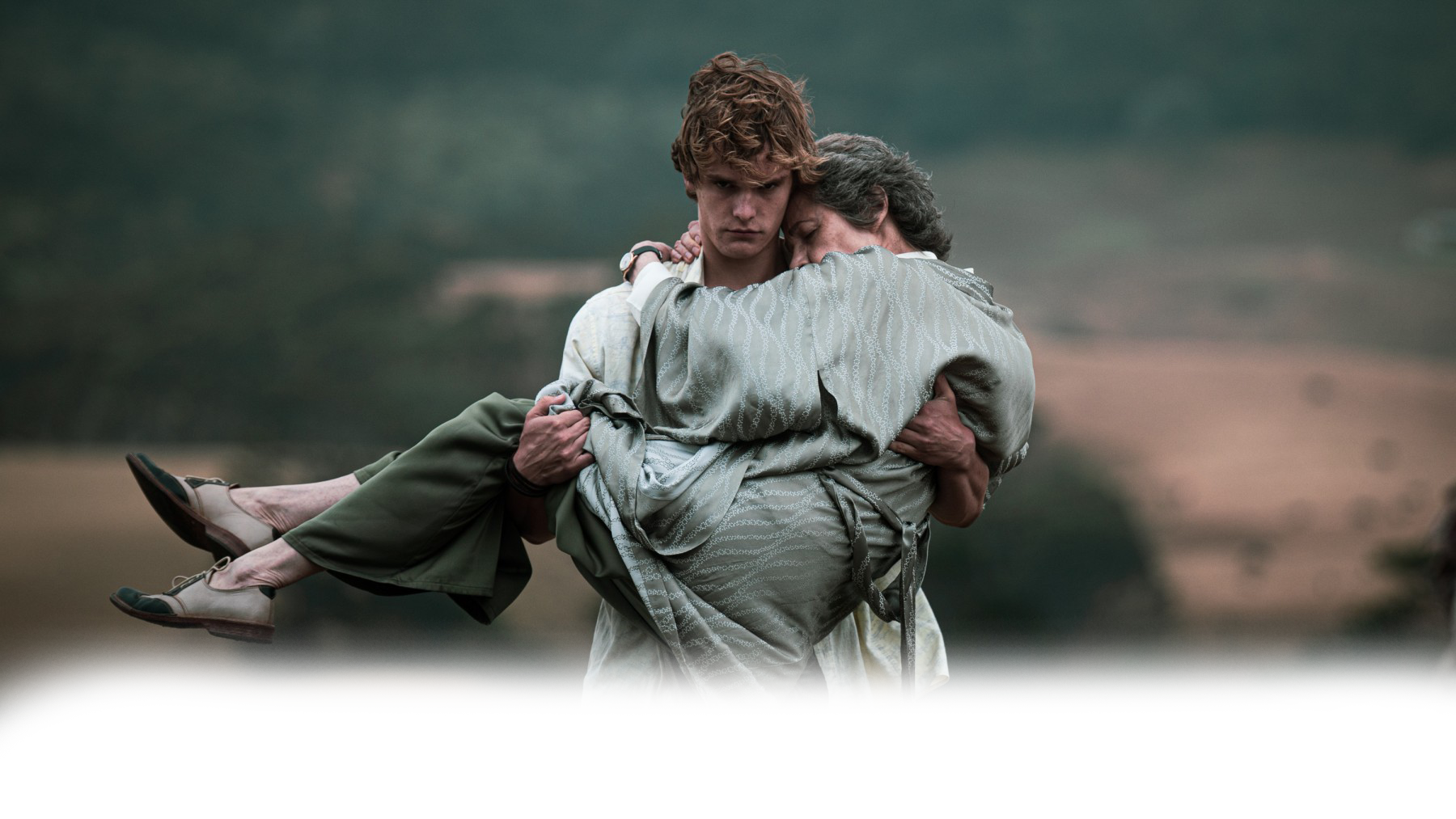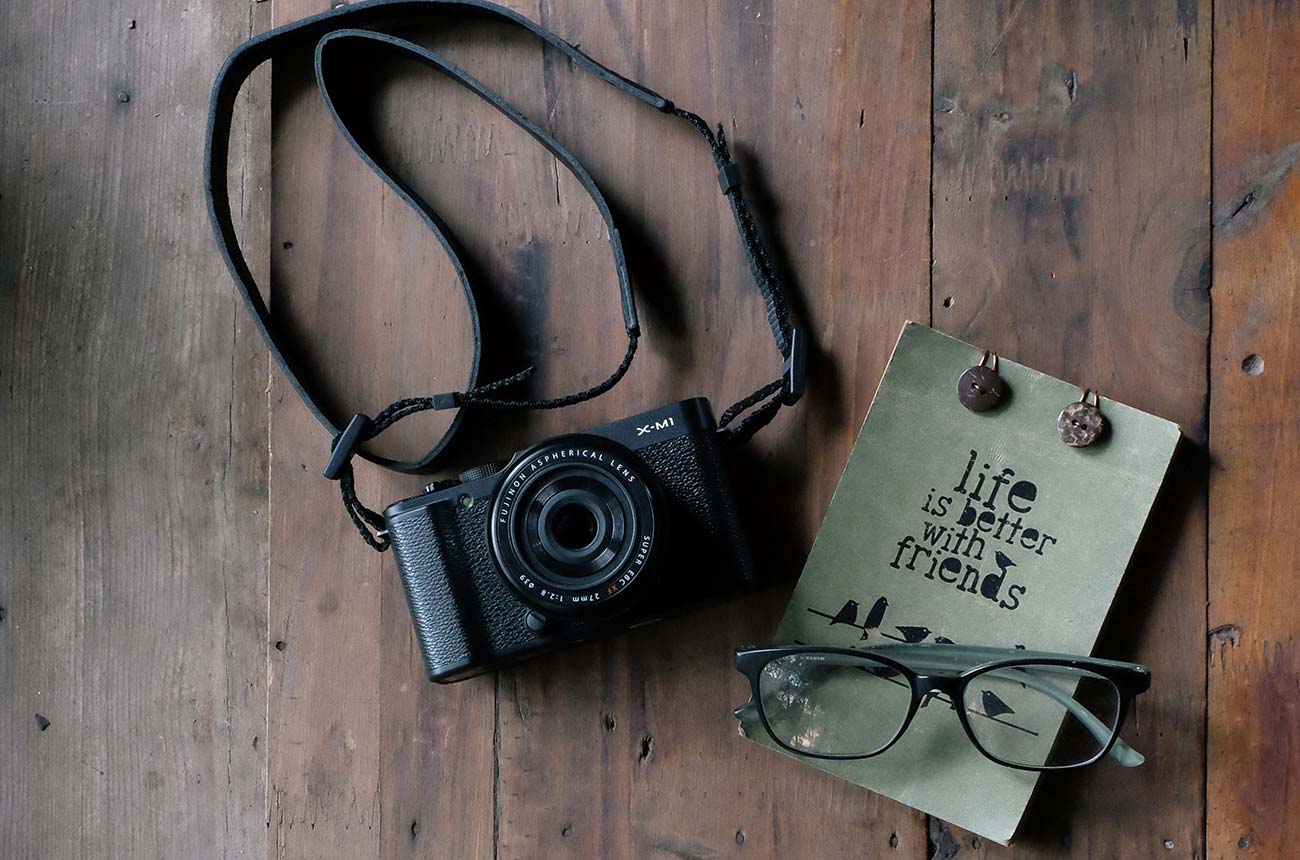
James' Story
James Dunlop has a million reasons to sell his rally car until he gets on the start line.
The 40-year-old – an amateur rally car driver, part-time cameraman and full- time financial advisor for Safeguard Life - is happy to be back behind the wheel after suffering a nasty hand injury at work.
A workplace injury that he suffered in 2020 made him realise how much he loved to push his rally car to its limit on the gravel roads at events around Aotearoa.
“Being in the rally car is my happy place,” says the dad of two kids. “It is my favourite thing to do, and I really missed it.”

Dunlop has a love-hate relationship with owning a rally car.
“It’s the worst thing to own,” he says with a laugh.
“There is a lot of cost and effort to keep the thing running! You are constantly fixing things, having to take it for a warrant of fitness, servicing, the list goes on...
“To get to the start line you first must go through scrutineering for the event, where they check the car over thoroughly, is quite stressful and frustrating if something last minute needs changing. I keep thinking to myself ‘I am going to sell this thing. That is it! I am done. I am totally over it.

“Then I get onto the start line, the lights flash, you drop it into gear and put the hammer down and that moment changes everything. I have a massive smile across my face, and I remember how much I love to do this.”
Dunlop, who now works behind the scenes of a television show, had always been told that film and television studios can be a dangerous place to work with a lot of moving parts and heavy equipment.
“But I didn’t think that would ever happen to me. It was a totally preventable injury.”
At the end of a shift, Dunlop went to close down his camera at the end of the shift. He was adjusting the ped – a large metal device – which adjusts the elevation of the camera.
He was bringing down the ped, when he looked away for a second – something distracted him – while he had his hand in the clamp. It came slamming down on his index finger.
“So, I quietly stepped away, collected my things, left the building and sat in my car and screamed bloody murder.”
Dunlop screamed all the way home.
“The pain was incredibly intense,” he says. “As far as an injury goes, it was the most pain I had ever experienced.”
Dunlop felt ashamed about his injury, so he didn’t immediately tell his work mates about the incident.
But he was in a huge amount of pain and his finger wasn’t getting better.
“When I got home, I realised that I couldn’t move it, and I started to get quite worried that I had done some real damage,” he says.
Dunlop went to the doctor and underwent X-rays which showed he had suffered a fracture and muscle tissue damage.
He was sent to a hand therapist called ‘Hands On’ for treatment. The physio put it in a brace and placed his hand in a wax bath to rebuild the tissue around the finger joint.
“They were brilliant to deal with,” he says.
Dunlop visited the hand therapist five times, and he was surprised to hear that every time there was no cost for his treatment.
“It was all covered by ACC,” he says. “That was a huge relief for me, and it was nice to know that I had that support to get back to work and everyday life.
“I wanted to get my finger and hand back to a place where it was fully functioning again and I didn’t have any long-term problems. So, to have that support from ACC over an extended period of time was huge.”
Dunlop’s recovery took two months. The injury affected his ability to do his role as a cameraman, but he could continue in his clerical role as a financial advisor.
He says completing his recovery at work made a big difference.
“I had only recently started my other career as a financial adviser, so it was important for me to stay working and not lose all I had learned from taking some time off,” he says.
“Being near people at the office to ask questions and be part of training exercises helped me complete my training to be a fully qualified financial adviser in life and health insurances.”
Research from ACC shows that recovering at work after an injury helps people get better, sooner.
With the right team in place to support the person’s recovery, it also makes it more likely they will return to their job and the things they enjoy outside of work.
For Dunlop getting back behind the wheel was worth the wait.

“It was the best feeling,” he says. “With the injury being on my left hand, it is my gear change hand. I drive a six speed manual, so I have got to be able to pump through the gears and pull up the handbrake and not having any pain in the hand was key to that.”
Dunlop is now fully back at work, and when he is on the camera, he often thinks about the moment of his injury.
“I should have been focusing more on what I was doing at the time. When I do camera work now and I pull down a tripod, I think of that moment.
“It was just a good reminder that one small injury like that can have a big consequence.”






























